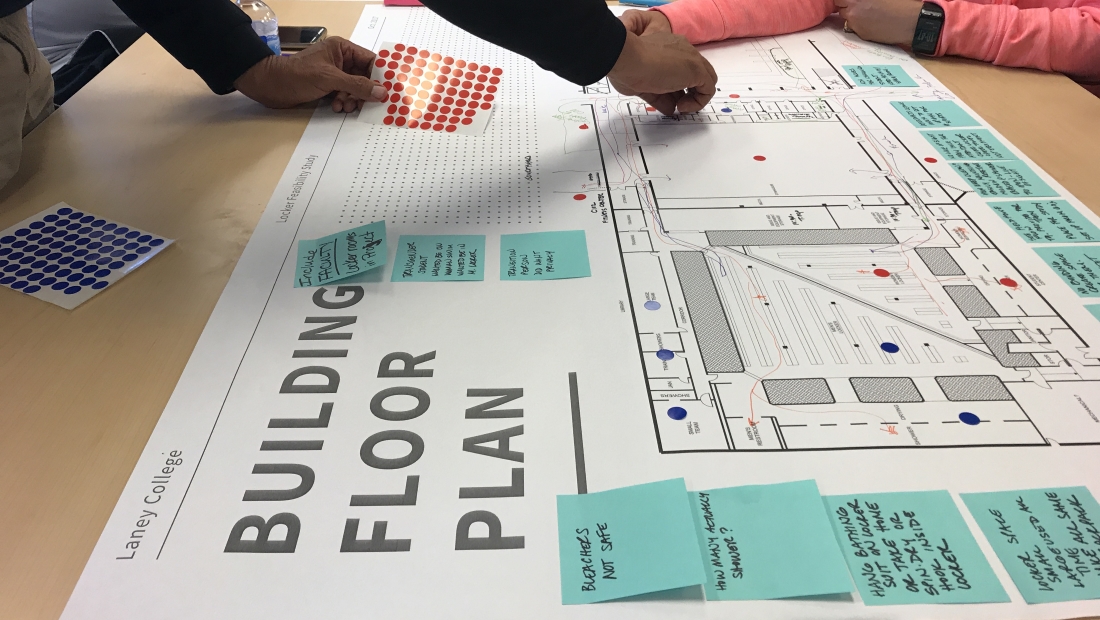
Discover


Define


Develop


Deliver
Strategy-Based Design
We believe in getting to the most meaningful outcome as efficiently as possible, with human needs in mind. Our strategy-based design process includes questioning core assumptions, investigating existing conditions, exploring analogous industries, understanding the competitive landscape, and observing behaviors in context. This holistic approach opens new paths for discovery and unleashes ideas that lead to innovative outcomes.
Lean Methods
We utilize Lean methods to develop and manage a project through relationships, shared knowledge and common goals. Traditional silos of knowledge, work and effort are broken down and reorganized for the betterment of the project rather than of individual participants. This produces significant improvements in schedule with dramatically reduced waste, particularly on complex, uncertain and quick projects.











